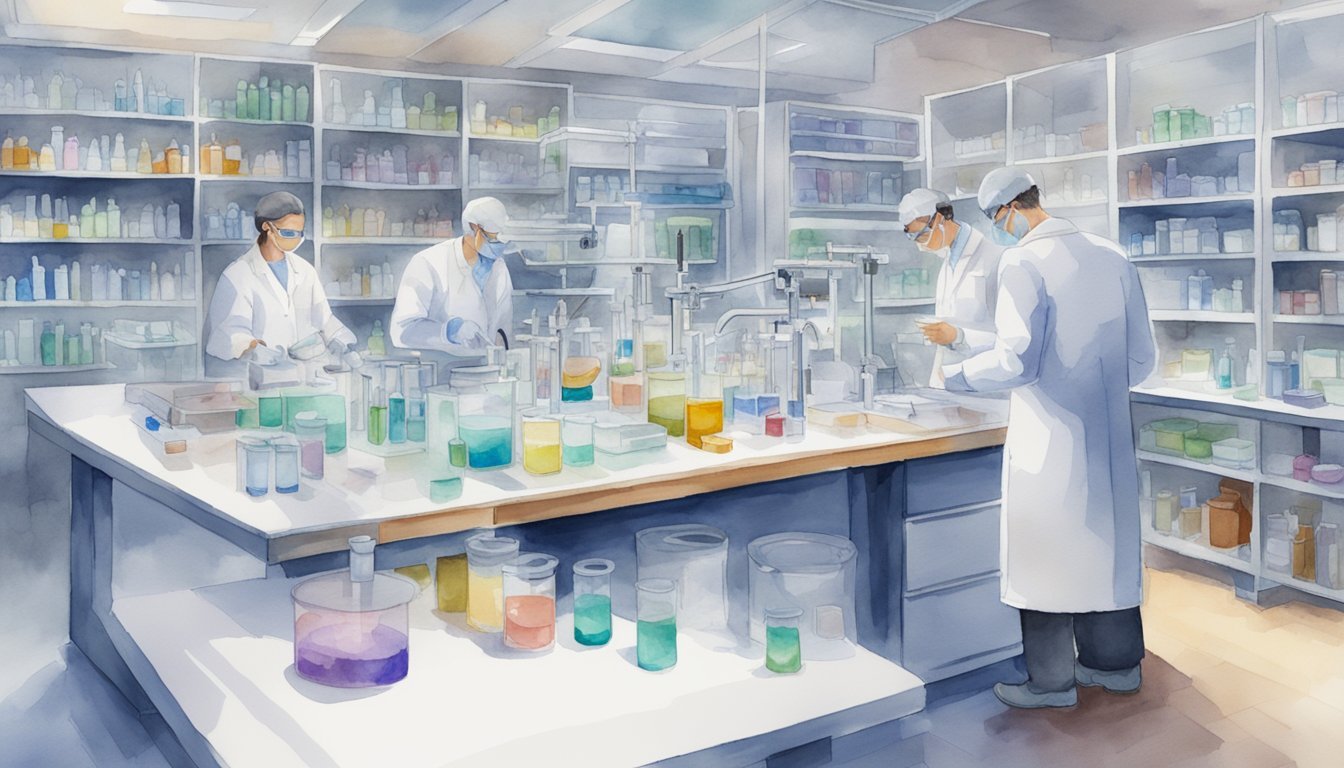Fundamentals of AAV Gene Therapy
In the realm of gene therapy, the Adeno-Associated Virus (AAV) plays a pivotal role due to its efficacy in delivering genetic material to target cells.
The Role of Adeno-Associated Virus in Gene Therapy
AAV is a non-pathogenic virus that serves as a cornerstone for current in vivo gene therapy techniques. Unlike other viral vectors, AAV does not integrate its genetic material into the host genome, reducing the risk of insertional mutagenesis. Instead, it exists within the host cells as stable, episomal entities, which is key for sustained transgene expression.
AAV Vectors as Gene Delivery Systems
Vectors derived from AAV are engineered to carry therapeutic genes into patient cells. The AAV vector’s ability to accommodate various genetic payloads makes it versatile for treating a broad range of genetic disorders. A notable success utilizing AAV vectors is Luxturna, the first FDA-approved in vivo gene therapy for an inherited disease.
Clinical Trials and FDA Approvals
There has been a sharp increase in clinical trials involving AAV gene therapies, reflecting the scientific community’s optimism about AAV’s therapeutic potential. As of recent analyses, numerous trials have reached their efficacy endpoints, thereby contributing to a deeper understanding of AAV’s capabilities and guiding future FDA approvals.
Challenges and Advances in AAV Gene Therapy

Adeno-associated virus (AAV) gene therapy is at the frontiers of genetic medicine, offering hope for patients with monogenic diseases. However, this innovative treatment method faces notable challenges even as it achieves significant advances.
Immunogenicity and Host Responses
The immune system’s reaction to AAV vectors can present a barrier to successful gene therapy. Immune responses are triggered when the body’s immune cells, particularly T cells, identify AAV vectors as foreign and potentially harmful, potentially affecting the treatment’s effectiveness. The presence of neutralizing antibodies, which the body can develop after natural exposure to AAV, may also preclude the use of certain vectors, necessitating tailored treatment approaches to individual immune histories.
Emerging Techniques in Gene Editing
In the realm of gene therapy, gene editing techniques such as CRISPR are increasingly being used to address mutations that lead to disease. While conventional AAV therapy involves delivering a functional copy of a gene, CRISPR-based methods allow for the precise alteration of the genome. This refinement enhances the scope of diseases that can be treated but brings concerns over genotoxicity and insertional mutagenesis, where the integration of new genetic material could disrupt important genes or regulatory regions.
Applications in Treatment of Monogenic Diseases
AAV gene therapy has seen substantial progress in the treatment of monogenic diseases, which are conditions caused by mutations in a single gene. Duchenne muscular dystrophy, a severe muscle-wasting disease, is one such condition where gene therapy has achieved meaningful success in some patients. As the landscape of available treatments expands, many look to AAV therapy to provide a potential one-time treatment option that could alleviate or even cure these genetic disorders.

